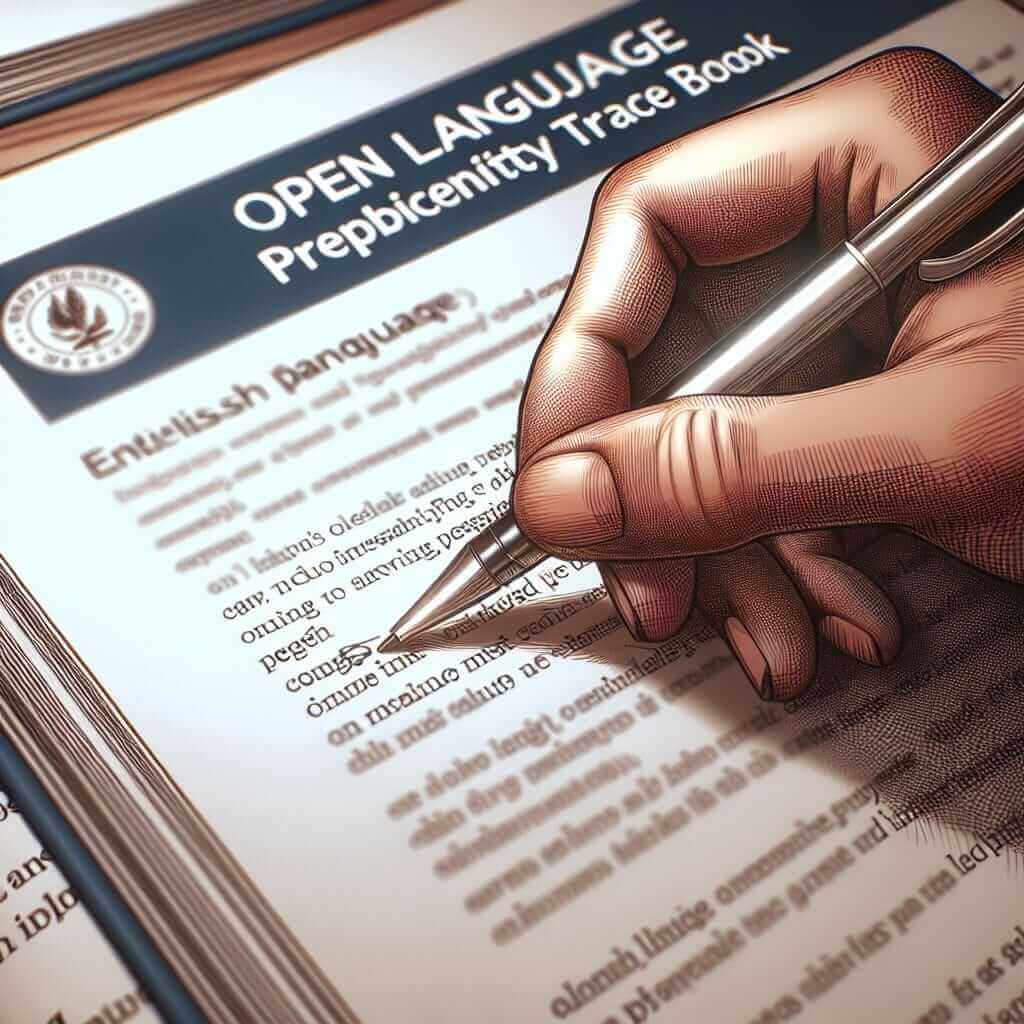As an IELTS instructor with over two decades of experience, I’ve witnessed firsthand the struggles students face with the Reading section. It’s not just about understanding English; it’s about mastering specific reading strategies tailored to the IELTS format. This guide delves into practical techniques to make teaching IELTS Reading more effective and engaging for both you and your students.
Understanding the IELTS Reading Section
Before diving into teaching methodologies, it’s crucial to grasp what the IELTS Reading section entails:
- Format: Three lengthy passages with a total of 40 questions, covering diverse topics from science and history to culture and technology.
- Question Types: A variety of question types are used, such as multiple choice, sentence completion, matching headings, identifying information (True/False/Not Given), and more.
- Skills Assessed: The exam evaluates a range of reading skills including skimming for the main idea, scanning for specific information, understanding complex sentence structures, and inferring meaning.
Effective Strategies for Teaching IELTS Reading
1. Develop Skimming and Scanning Skills:
- Time-Bound Practice: Set strict time limits for students to skim texts for the main idea and scan for specific details. This simulates exam conditions and builds essential time management skills.
- Heading Matching Activities: Use newspaper or magazine articles and have students match them to pre-written headings. This hones their ability to quickly grasp the central theme of a paragraph or section.
2. Vocabulary Enhancement:
- Contextual Learning: Instead of rote memorization, encourage students to learn vocabulary in context. Analyze the passages together, highlighting how unfamiliar words derive their meaning from the surrounding text.
- Word Formation Exercises: Focus on prefixes, suffixes, and root words to expand their vocabulary base. This equips them to decipher the meaning of unfamiliar words by recognizing common elements.
3. Mastering Question Types:
- Targeted Practice: Devote specific lessons to each question type. Explain the logic behind each one and provide ample practice examples.
- Identifying Keywords: Train students to pinpoint keywords in both the questions and answer choices. This helps them navigate the text effectively and locate relevant information swiftly.
4. Practice with Authentic Materials:
- Utilize Past Papers: Regularly incorporate past IELTS Reading papers into your lessons. This familiarizes students with the exam format, question styles, and difficulty level.
- Explore Diverse Sources: Supplement practice materials with articles from reputable sources like The Economist, National Geographic, and academic journals. This broadens their exposure to different writing styles and subject matter.

Example from an IELTS Reading Passage:
Passage Excerpt: “The invention of the printing press by Johannes Gutenberg in the 15th century revolutionized the dissemination of knowledge. Prior to this, books were painstakingly hand-copied, making them a luxury afforded only by the elite.”
Question: What was a significant consequence of the printing press invention?
Answer: Increased access to knowledge.
Teaching Point: Guide students to identify keywords like “invention,” “printing press,” and “consequence.” Then, direct them to the passage section mentioning the impact of the invention.
Tips for Success:
- Encourage Regular Reading: Cultivate a reading habit outside the classroom. The more they read, the more comfortable they become with different writing styles and vocabulary.
- Focus on Active Reading: Discourage passive reading. Train students to actively engage with the text by highlighting keywords, underlining main ideas, and taking notes.
- Practice Time Management: Emphasize the importance of allocating time wisely during the exam. Students should be able to pace themselves to complete all sections within the given timeframe.
Conclusion:
Teaching IELTS Reading effectively requires a multifaceted approach that combines strategy instruction, vocabulary building, and consistent practice with authentic materials. By implementing these strategies and providing ample support, you can empower your students to excel in the IELTS Reading section and achieve their desired scores.